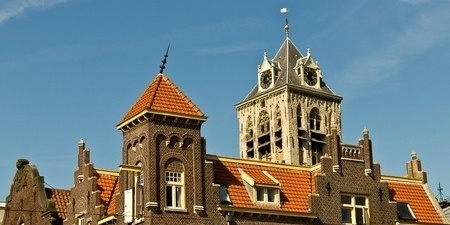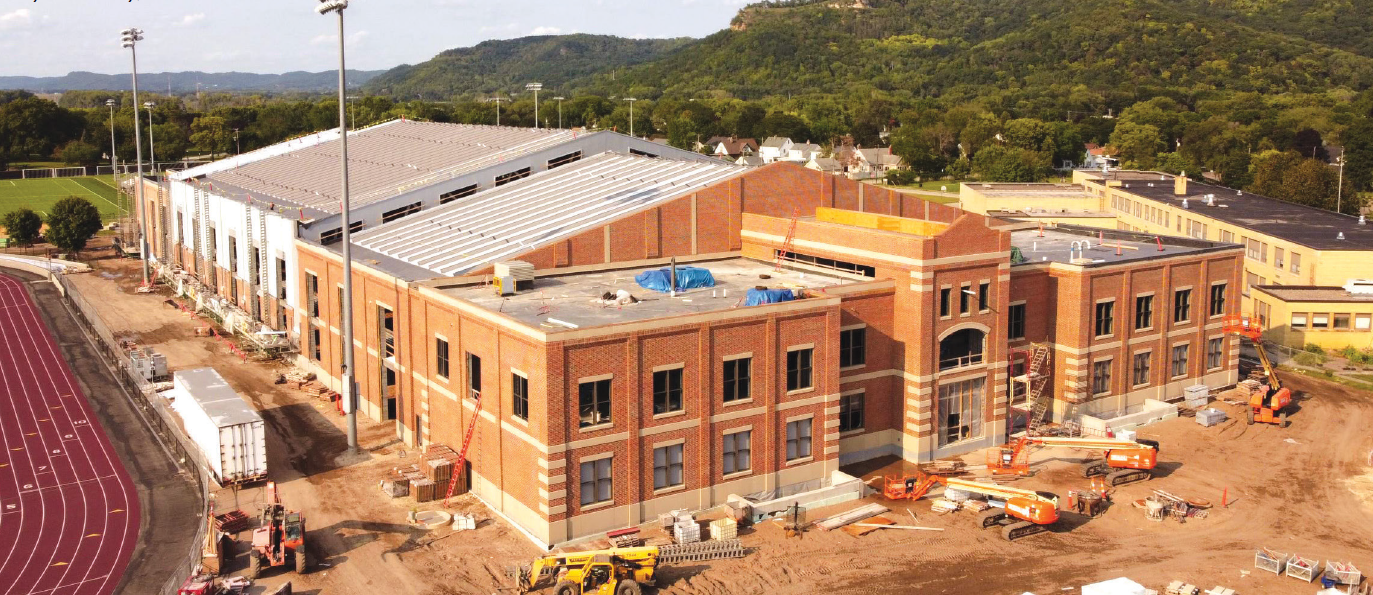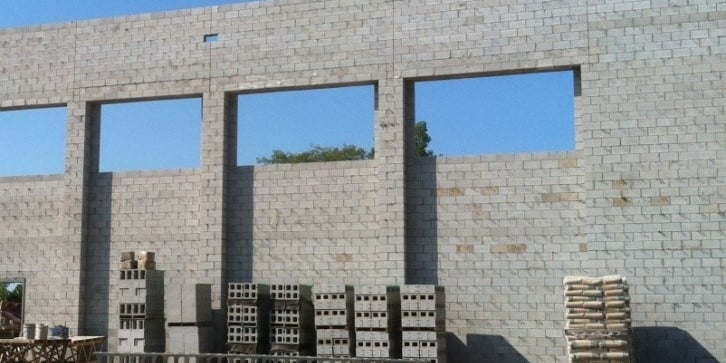 Historic buildings can enhance a community’s character by their sheer aesthetic beauty, while also providing a tangible link to its cultural history. Whether from antiquity or more contemporary modern designs, historic masonry structures represent a blend of artistry and craftsmanship. In many cases, they are truly architectural treasures. However, depending on several factors, which will be addressed below, the passage of time can take its toll on these beautiful and elegant structures.
Historic buildings can enhance a community’s character by their sheer aesthetic beauty, while also providing a tangible link to its cultural history. Whether from antiquity or more contemporary modern designs, historic masonry structures represent a blend of artistry and craftsmanship. In many cases, they are truly architectural treasures. However, depending on several factors, which will be addressed below, the passage of time can take its toll on these beautiful and elegant structures.
Proper maintenance and restoration, designed and executed by qualified professionals, can reduce the likelihood of major issues and extend the serviceable lifespan of the building. Before a maintenance or restoration project begins, it is important to assemble a project team that can properly evaluate the current conditions of the building based on the original design and construction technology as well as the current and/or future programming of the building. There are several mechanisms of deterioration which can contribute to issues associated with a particular building element or the entire structure as a whole.
What are the major causes of deterioration in historic masonry structures?
Poor Original Design and/or Original Materials
Existing buildings represent a cross section of building technology and materials. While many of our historic buildings were constructed based on empirical design, in some cases the materials and assemblage techniques used were either new to the market or not fully understood based on long-term performance. Issues can also arise not only from man-made materials but weaknesses in natural materials that were not identified prior to installation. When it comes to addressing issues associated with poor original design or materials, a more thorough evaluation of the materials and systems is necessary. Without proper regular maintenance, even quality materials and assemblages can become vulnerable to deterioration through environmental exposure - i.e. freeze/thaw cycles, thermal fluctuations, etc.
Corrosion & Incompatibility of Secondary Materials
Many masonry buildings, particularly those of the early 20th century, contain secondary support members comprised of various materials. Iron alloys in particular are prone to corrosion if not properly treated. While cast and wrought iron produce very little corrosion product, early forms of steel which are found in masonry structures from this time period, can produce large amount of corrosion product. This corrosion product is larger in weight and volume of the original steel member and can not only compromise the capacity of the steel, but exert immense pressure on the surrounding masonry; a phenomenon known as “rust-jacking”. If corrosion reaches an advanced state, it may warrant a more invasive repair along the lines of stabilization through cathodic protection or reconstruction and replacement of materials.
Movement or Settlement
During the lifespan of a building, there exists the potential for movement whether from a singular dramatic event such as an earthquake or more long-term conditions associated with the building foundation (i.e. settlement and frost heave) and interaction between dissimilar materials. Cracks are usually the first indication that some type of movement is occurring in a building. However, the presence of cracks does not necessarily mean that there are structural issues with the entire building. Cracks are merely a way of the building telling us that it wants to distribute its load differently or that external stresses are being applied (i.e. rust jacking). Working closely with a structural engineer trained in building forensics will help identify any patterns associated with the cracking which may lead to the source of the issue and subsequently the most appropriate repair. In some instances cracks may need to be monitored for a period of time to determine if the issue is still active or is the remnants of a one-time event.
Moisture Infiltration (Maintenance)
Depending on the type of masonry construction (i.e. mass masonry wall vs. cavity wall) the relationship with moisture and potential moisture infiltration issues will vary. In general, all building envelopes are designed to provide protection against sun, weather, and water. Masonry materials have performed this function successfully for centuries and the materials and assemblages that we use today continue to address these functions. If a masonry building has been designed and constructed correctly, and the appropriate materials selected, the primary issue with moisture infiltration lies in regular maintenance. Historic masonry units (Brick, Stone, and Terracotta) and mortar serve a variety of functions within the building envelope based on the design of the wall system and the internal use of the building. If these materials are not well maintained within the system, the likelihood of water infiltration increases. Water in both small and large amounts can cause damage not only to the wall system but interior finishes as well. Therefore, it is necessary to perform basic repairs such as repointing to keep a building performing as it was originally intended.
Final Thought
We recognize that in order to preserve historic masonry structures and protect our cultural heritage, the proper maintenance and restoration techniques need to be performed. Beyond a preservation approach, historic masonry structures must also ensure that the building envelope and the internal systems continue to perform properly based on the original design intent or some new or future programming. A proper evaluation of the issues and execution of appropriate repairs by qualified professionals will allow these buildings to continue to enrich and enlighten communities for years to come.






